Malaysia is Vietnam's 4th largest rubber export market in 2024, increasing sharply by 433.5% in volume and 515.7% in value compared to 2023.
The Import-Export Department (Ministry of Industry and Trade) cited data from the General Department of Customs, saying that in 2024, Vietnam's rubber exports to the Malaysian market will reach 38,442 tons, worth 56.16 million USD, a sharp increase of 433.5% (equivalent to more than 4 times) in volume and 515.7% (equivalent to more than 5 times) in value compared to 2023.
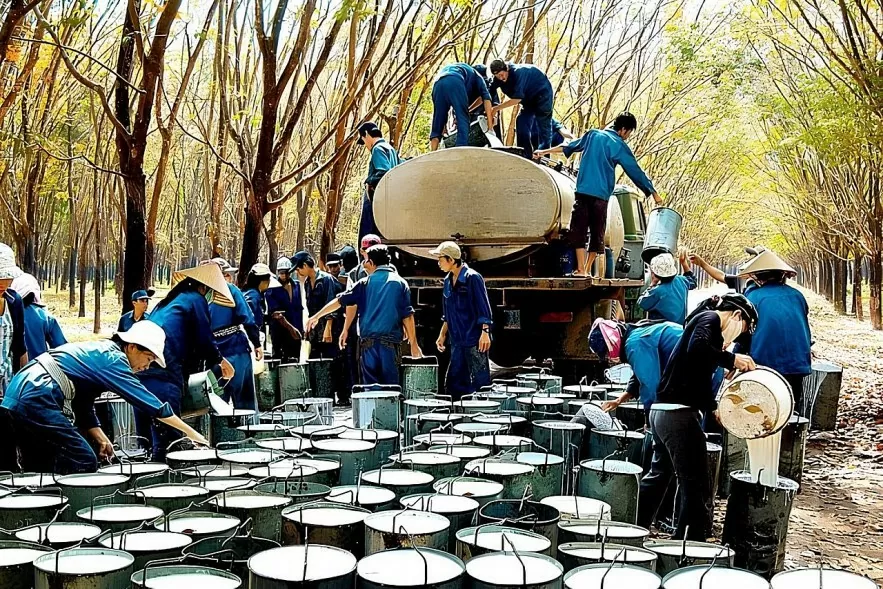 |
| Rubber exports to Malaysia increased more than five times. Illustrative photo. |
This is also the highest volume of rubber exported to this market in the past 6 years, since 2019. This result brings Malaysia to the 4th position as Vietnam's largest rubber export market with a market share of 1.9%.
In terms of types, latex rubber accounts for 76.5% of Vietnam's total rubber exports to the Malaysian market in 2024, reaching 29,408 tons, worth 42.26 million USD, while in 2023 Malaysia did not import this type from Vietnam.
In addition, the amount of SVR 3L rubber exported to this market also increased by 1.2%, recycled rubber increased by 28.9%, SVR CV 60 increased by 12.3%, especially Skim block increased dramatically by 1,046%, synthetic rubber increased by 1,270%, RSS3 increased by 228.8%... On the contrary, the amount of SVR 10 and SVR 5 rubber exported to this market decreased by 28.3% and 50.4% respectively.
Malaysia is one of the world's major rubber producers, with an average annual output of 348,000 tonnes of natural rubber. However, Malaysia also imports rubber to fill in the gaps.
According to data from the Department of Statistics Malaysia, in the first 11 months of 2024, Malaysia imported 931,359 tons of natural rubber, an increase of 6.9% over the same period in 2023. The leading rubber suppliers to this country include Ivory Coast, accounting for 34.8%, Thailand, accounting for 33.2%, Myanmar, accounting for 8.5%, Philippines, accounting for 7.7%... Of which, Malaysia increased rubber imports from Ivory Coast, Ghana, Myanmar, but reduced imports from Thailand and the Philippines.
Vietnam ranked 6th in supplying rubber to Malaysia with a volume increase of more than 2.6 times (up 165.7%), reaching 22,930 tons. Vietnam's rubber market share in Malaysia's total rubber imports increased to 2.5% in the first 11 months of 2024, from 1% in the same period in 2023. This is still quite low compared to Vietnam's export potential.
Malaysia has now shifted towards a product-based manufacturing industry, with a particular focus on rubber products such as medical gloves and tyres, while raw rubber production has been declining over the years.
Besides gloves and tyres, Malaysia’s rubber industry also includes footwear, latex products, general rubber products and various industrial components. Each industry requires specific types and qualities of rubber, which further drives up import demand.
| Statistics show that Malaysia's rubber imports have been increasing steadily over the past five years, from 1 million tons in 2020 to 1.22 million tons in 2023 and up 6.9% in the first 11 months of 2024. Meanwhile, Vietnam is the world's third largest supplier of natural rubber. The Vietnamese Ministry of Agriculture and Rural Development has set a target of expanding the rubber plantation area from 800,000 hectares to 850,000 hectares by 2030. |
Source: https://congthuong.vn/xuat-khau-cao-su-sang-malaysia-tang-gap-hon-5-lan-372295.html




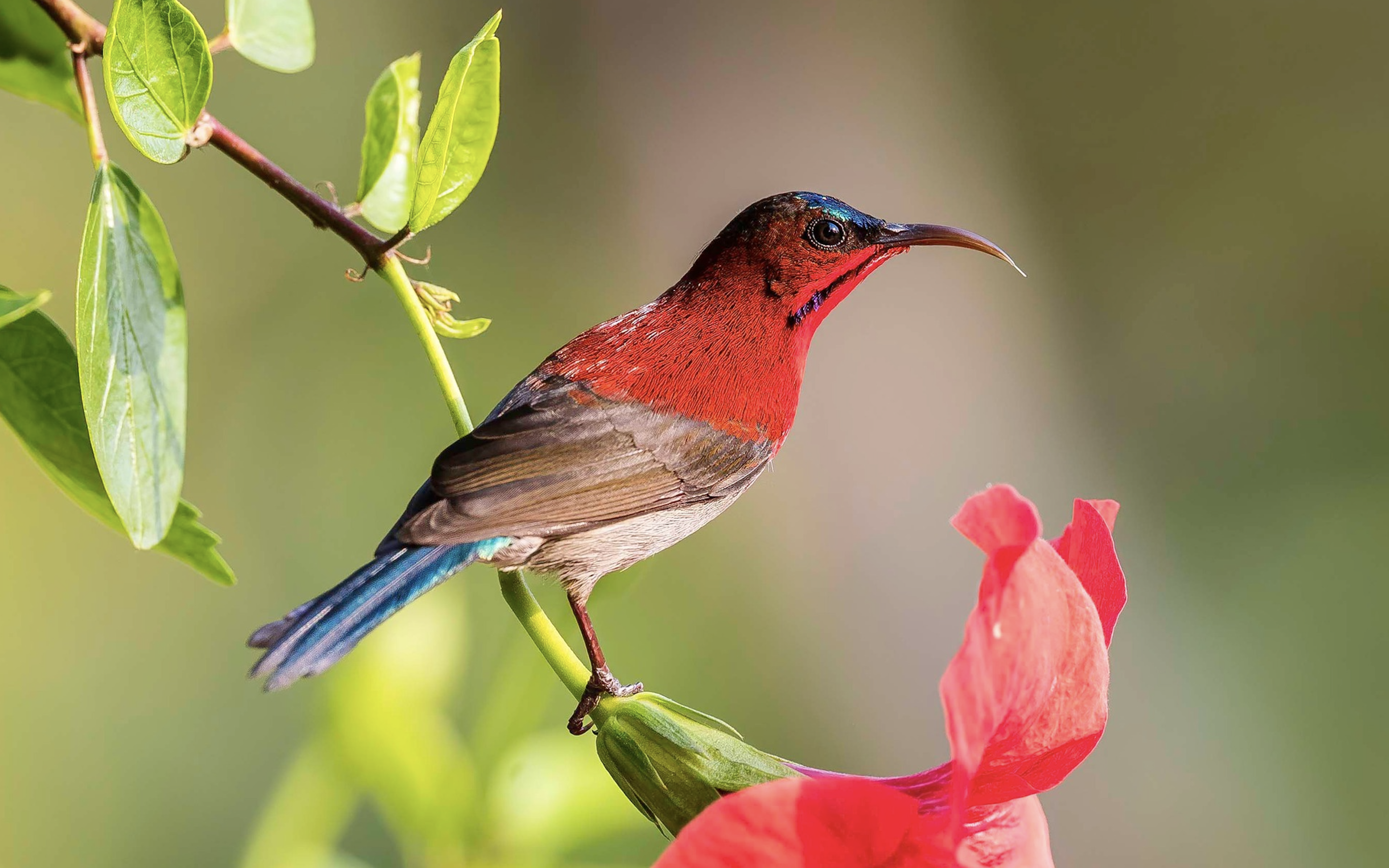



















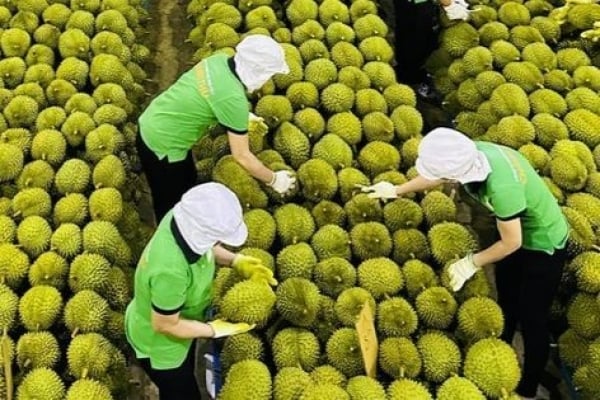
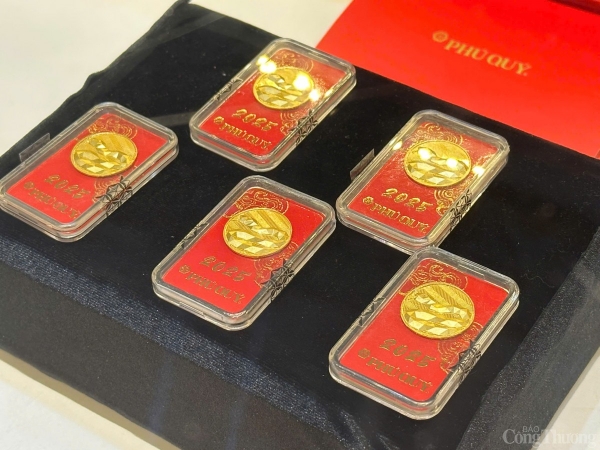



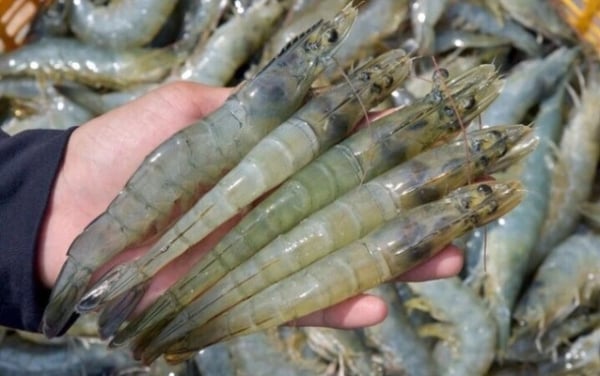
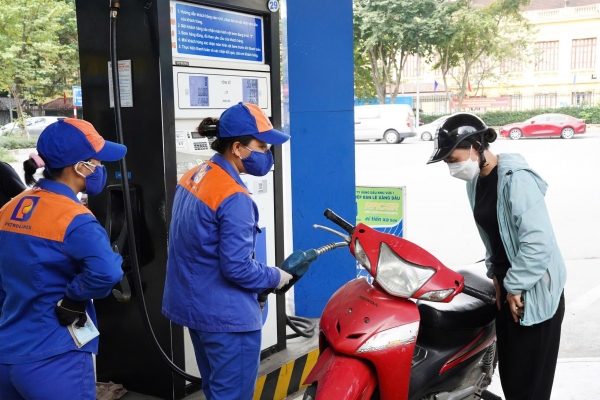
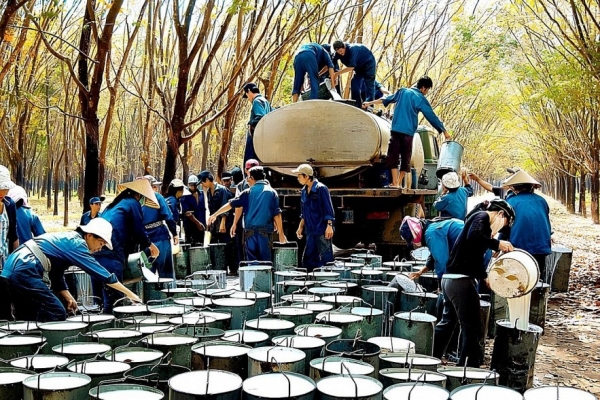
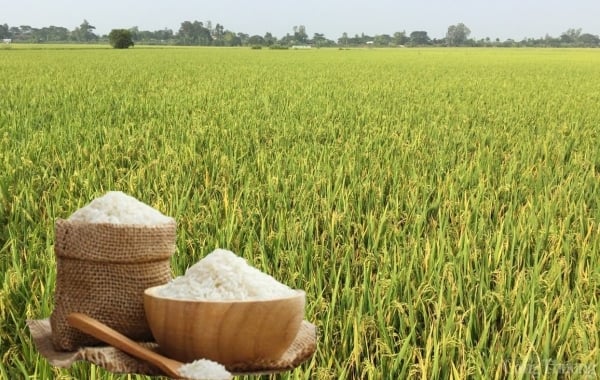

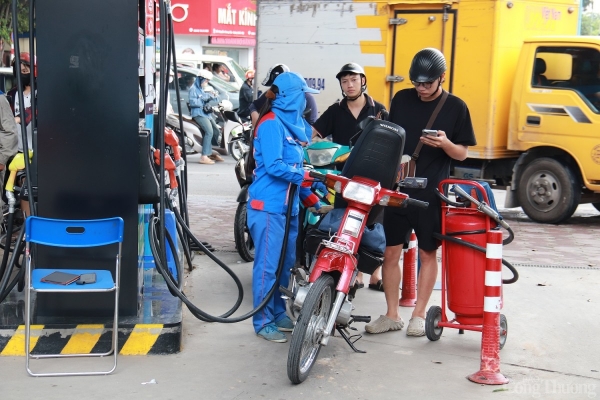















Comment (0)